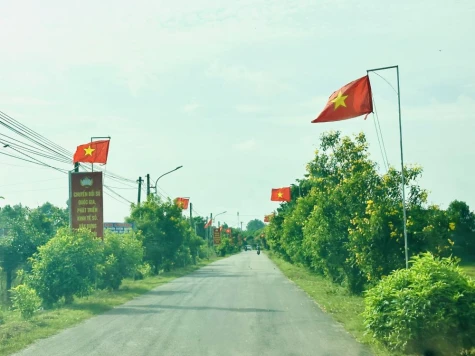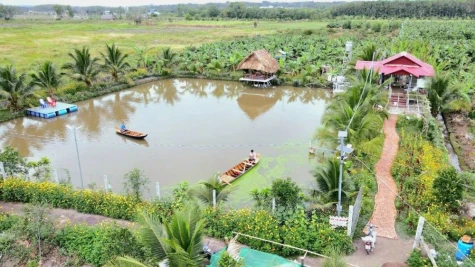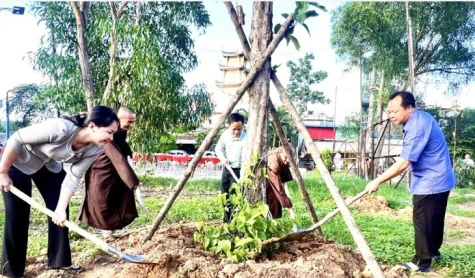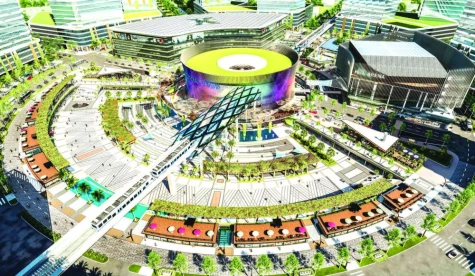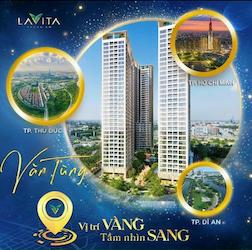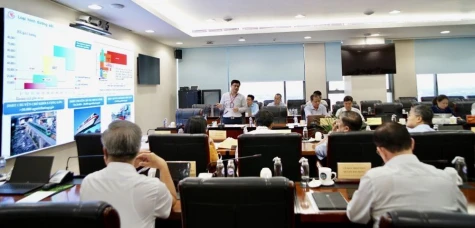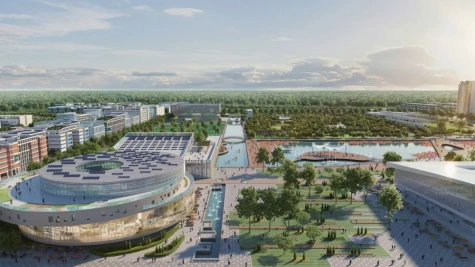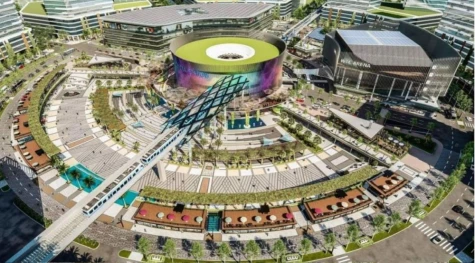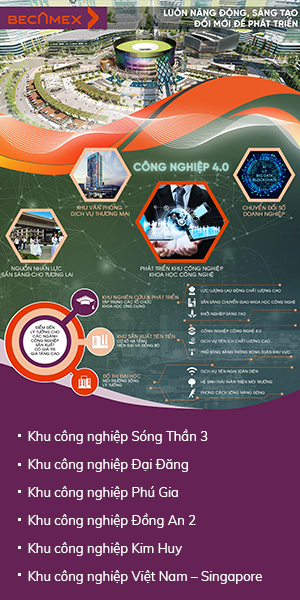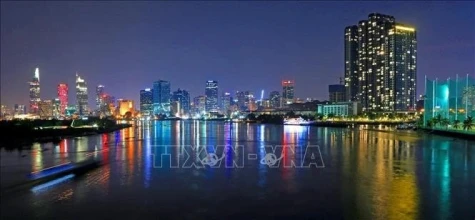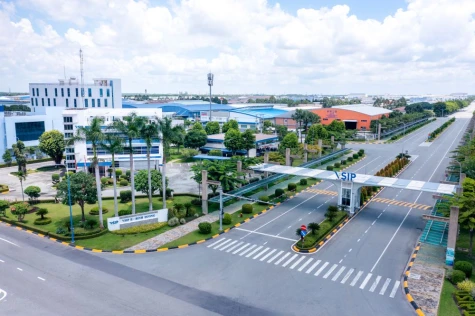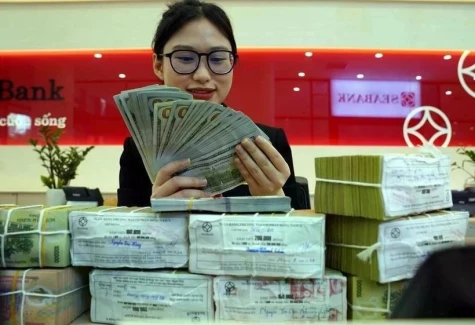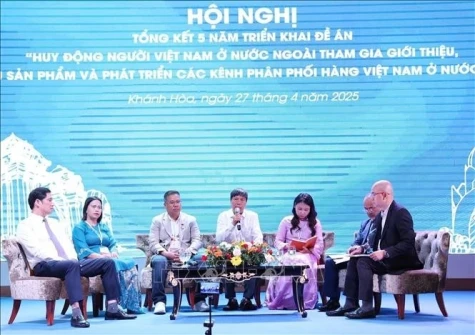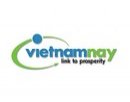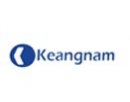Binh Duong is currently exploring the development of the Transit-Oriented Development (TOD) public transportation model, focusing on Metro Lines No. 1 and No. 2 to connect with Ho Chi Minh city, aiming at establishing a modern, environmentally friendly public transport network. Simultaneously, the study and development of a light rail transit (LRT) system is expected to bring multiple benefits, contributing to the completion of the urban transport network and promoting the local socio-economic development in the future.
A suitable direction
Recently, Japan’s Tokyu Corporation submitted a pre-feasibility report on the development of the Thu Dau Mot LRT project. A representative of Tokyu Corporation stated that based on the request from provincial People's Committee to conduct a feasibility study, the corporation proposed and received approval from Japan’s Ministry of Economy, Trade and Industry to sponsor 100 million yen for a master planning survey project on green growth development in Binh Duong. The project involves research on the LRT transportation system, green industrial zones, renewable energy planning and TOD smart city development in Binh Duong.

Tokyu Corporation has proposed investment in three railway lines, including Metro Lines No. 1, No. 2 in Binh Duong and the LRT line. According to the proposal, there are two options for implementation: Option 1 is to build three separate lines, due to the different roles of each; Option 2 is to develop the LRT line as Metro Line No. 2 by designing the structure to accommodate both metro and LRT operations.
Bui Minh Tri, Vice Chairman of provincial People's Committee stated that in order to assess the feasibility of the proposed investment, a detailed survey and study are needed on transportation demand forecasts, land fund availability for railway infrastructure in accordance with the approved planning, the appropriateness of technological solutions...Nguyen Anh Minh, Director of provincial Department of Construction said that in order to determine the feasibility of developing an LRT line in Thu Dau Mot city and Binh Duong province in general, the province will continue coordinating closely with Tokyu Corporation’s research team to promptly finalize the project's feasibility report. This will serve as the basis for provincial Department of Construction to study, evaluate and report to provincial People's Committee on the feasibility and propose an appropriate investment plan.
Mr. Minh also noted that the LRT line plays a crucial role in creating a transport network connected to Binh Duong’s future Metro Lines No. 1 and No. 2. If Metro Line No. 1 connects to Ho Chi Minh city and Dong Nai, acting as a traffic corridor linking major neighboring urban areas and localities, the LRT line will connect urban central areas to metro stations. Thus, LRT lines will help form up an integrated network across the province’s urban areas, enabling people and passengers to travel more conveniently and comfortably.
Upgrading traffic infrastructure
Currently, Binh Duong has three operators of green bus routes using clean energy of compressed natural gas (CNG), namely Becamex Tokyu Co., Ltd., Phuong Trinh Joint Stock Company and Phuc Gia Khang Co., Ltd. These companies have expressed their readiness to participate in transporting passengers to stations of Metro Lines No. 1 and No. 2 and the future LRT line. Notably, in 2024, the Japanese Government agreed to fund official development assistance (ODA) to develop a Bus Rapid Transit (BRT) system in Binh Duong.

Nguyen Chi Hieu, Deputy Director of provincial Department of Construction stated that with existing potential and the investment in BRT lines, a diverse transit network will be established, encouraging people to switch from personal vehicles to public transport modes such as metro, LRT and BRT. Alongside metro and LRT lines, BRT can transport large numbers of passengers quickly and efficiently, helping reduce road congestion, especially in densely populated urban areas. Metro, LRT and BRT lines contribute promoting economic development while enhancing connectivity between areas, facilitating the movement of workers from urban areas to industrial zones; stimulating the development of residential, commercial and service areas along the railway lines and boosting tourism.
Like metro systems, LRT trains operate on electric power, helping reduce emissions that cause environmental pollution and lower urban noise levels, thereby creating a modern and convenient public transportation system. This encourages people to use public transport instead of private vehicles, contributing to sustainable urban development.
According to experts, LRT is a vital component of modern public transportation systems and plays a key role in building smart, sustainable cities. Many countries around the world are expanding LRT systems to solve urban transport problems. Proposed LRT projects in Vietnam such as those connecting Binh Duong with Ho Chi Minh city and Tay Ninh, are expected to become significant drivers of socio-economic development for the entire Southeastern region. The LRT project in Binh Duong is receiving considerable attention, especially as the province undergoes rapid economic and urban growth.
Nguyen Chi Hieu, Deputy Director of provincial Department of Construction: The LRT line and integrated bus services are expected to alleviate traffic congestion, especially in densely populated areas and industrial parks, helping workers easily travel from their residences to industrial zones. Investing in the LRT line contributes to the development of public transport and diversification of public transportation modes. The LRT line, along with urban bus routes, will connect and transfer passengers to future metro stations, thereby forming up a synchronized public traffic network that drives regional socio-economic development in a new phase.
According to the pre-feasibility study, the LRT line will start at the Becamex Building station on Binh Duong Boulevard and end at the center of Binh Duong New City in Thu Dau Mot city, with a total length of about 13 km and estimated investment of about VND 5.2trillion.
Reported by Minh Duy-Translated Kim Tin








